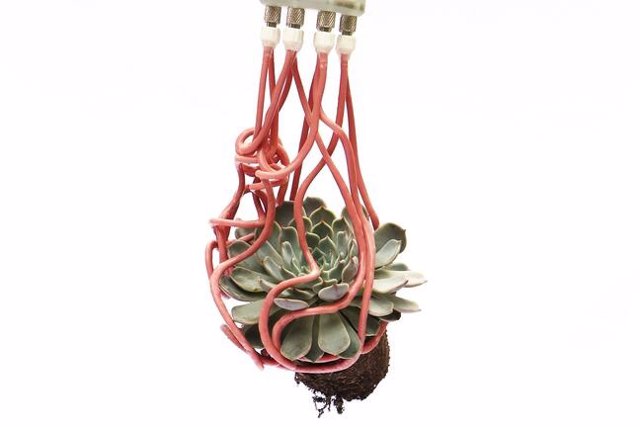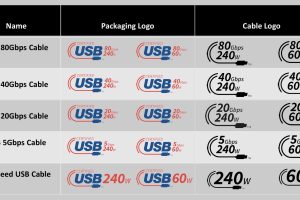Robotic Gripper Grabs a Cactus Plant – HARVARD MICROROBOTICS LAB/HARVARD SEAS
Oct. 24 () –
Inspired by nature, a new type of robotic gripper consisting of a collection of thin tentacles effectively entangles and captures objectsas jellyfish catch stunned prey.
Most of today’s robotic grippers rely on embedded sensors, complex feedback loops, or advanced machine learning algorithms, combined with operator skill, for grasping fragile or irregularly shaped objects.
But the researchers at Harvard John A. Paulson School of Engineering and Applied Sciences (SEAS) have shown an easier way to achieve this goal.
Alone, the individual tentacles, or filaments, are weak. But together, the collection of filaments offered by its new design can safely grab and hold heavy and oddly shaped objects. The gripper relies on simple inflation to wrap objects and requires no sensing, planning, or feedback control.
The research was published in Proceedings of the National Academy of Sciences (PNAS).
“With this research, we wanted to re-imagine how we interact with objects,” he said. it’s a statement Kaitlyn Becker, former graduate student and postdoctoral fellow at SEAS and first author of the article. “By harnessing the natural compliance of soft robotics and enhancing it with a compatible structure, we designed a gripper that is greater than the sum of its parts and a gripping strategy that can adapt to a variety of complex objects with minimal planning and perception. “. Becker is currently an assistant professor of mechanical engineering at MIT.
The gripper’s strength and adaptability come from its ability to become entangled with the object it is trying to grab. The foot-long filaments are hollow rubber tubes. One side of the tube has thicker rubber than the other, so when the tube is pressurized, it curls like a ponytail or straightened hair on a rainy day.
The curls knot and tangle with each other and with the object, with each tangle increasing the strength of the grip. While the collective grip is strong, each contact is individually weak and will not damage even the most fragile object. To release the object, the filaments simply depressurize.
The researchers used simulations and experiments to test the clamp’s effectiveness, picking up a variety of objects, including various houseplants and toys. The gripper could be used in real-world applications to grip soft fruits and vegetables for agricultural production and distribution, delicate fabrics in medical settings, even irregularly shaped objects in warehouses, like glassware.














![[Img #74818]](https://thelatestnews.world/wp-content/uploads/2025/01/Betiton-Casino-innovation-and-online-gaming-technology-for-a-unique-300x200.jpg)